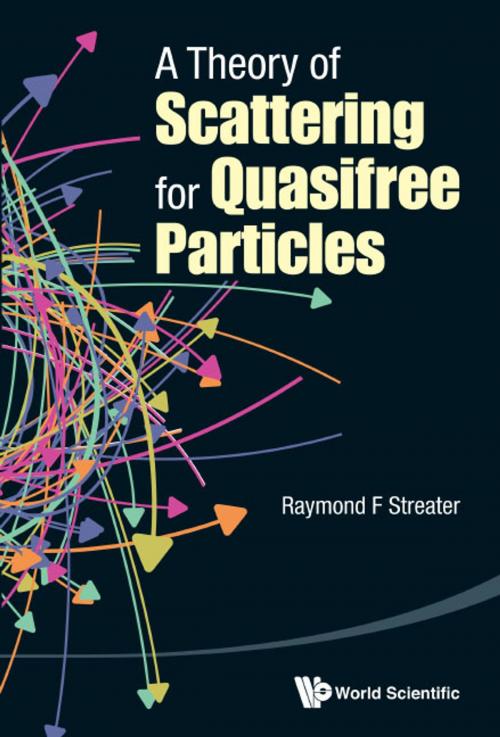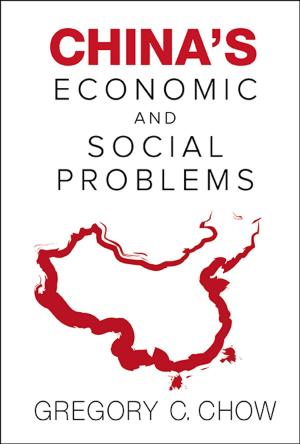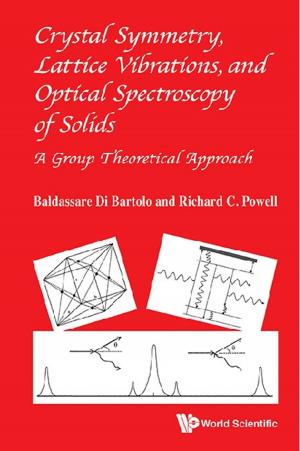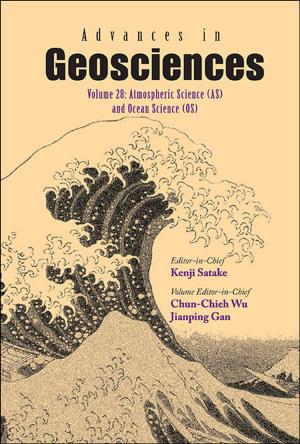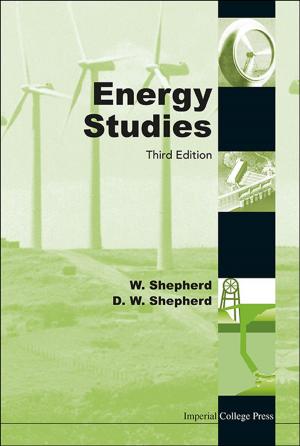A Theory of Scattering for Quasifree Particles
Nonfiction, Science & Nature, Science, Physics, Nuclear Physics, Mathematical Physics| Author: | Raymond F Streater | ISBN: | 9789814612098 |
| Publisher: | World Scientific Publishing Company | Publication: | July 31, 2014 |
| Imprint: | WSPC | Language: | English |
| Author: | Raymond F Streater |
| ISBN: | 9789814612098 |
| Publisher: | World Scientific Publishing Company |
| Publication: | July 31, 2014 |
| Imprint: | WSPC |
| Language: | English |
In this book, the author presents the theory of quasifree quantum fields and argues that they could provide non-zero scattering for some particles. The free-field representation of the quantised transverse electromagnetic field is not closed in the weak*-topology. Its closure contains soliton–anti-soliton pairs as limits of two-photon states as time goes to infinity, and the overlap probability can be computed using Uhlmann's prescription. There are no free parameters: the probability is determined with no requirement to specify any coupling constant. All cases of the Shale transforms of the free field ϕ of the form ϕ→ϕ+φ, where φ is not in the one-particle space, are treated in the book. There remain the cases of the Shale transforms of the form ϕ → Tϕ, where T is a symplectic map on the one-particle space, not near the identity.
Contents:
- Introduction
- Haag–Kastler Fields
- Representations of the Poincaré Group
- The Maxwell Field
- Some Theory of Representations
- Euclidean Electrodynamics
- Models
- Conclusion
Readership: Graduate students and professional in particle and mathematical physics.
Key Features:
- There are no competing titles for this book
In this book, the author presents the theory of quasifree quantum fields and argues that they could provide non-zero scattering for some particles. The free-field representation of the quantised transverse electromagnetic field is not closed in the weak*-topology. Its closure contains soliton–anti-soliton pairs as limits of two-photon states as time goes to infinity, and the overlap probability can be computed using Uhlmann's prescription. There are no free parameters: the probability is determined with no requirement to specify any coupling constant. All cases of the Shale transforms of the free field ϕ of the form ϕ→ϕ+φ, where φ is not in the one-particle space, are treated in the book. There remain the cases of the Shale transforms of the form ϕ → Tϕ, where T is a symplectic map on the one-particle space, not near the identity.
Contents:
- Introduction
- Haag–Kastler Fields
- Representations of the Poincaré Group
- The Maxwell Field
- Some Theory of Representations
- Euclidean Electrodynamics
- Models
- Conclusion
Readership: Graduate students and professional in particle and mathematical physics.
Key Features:
- There are no competing titles for this book
